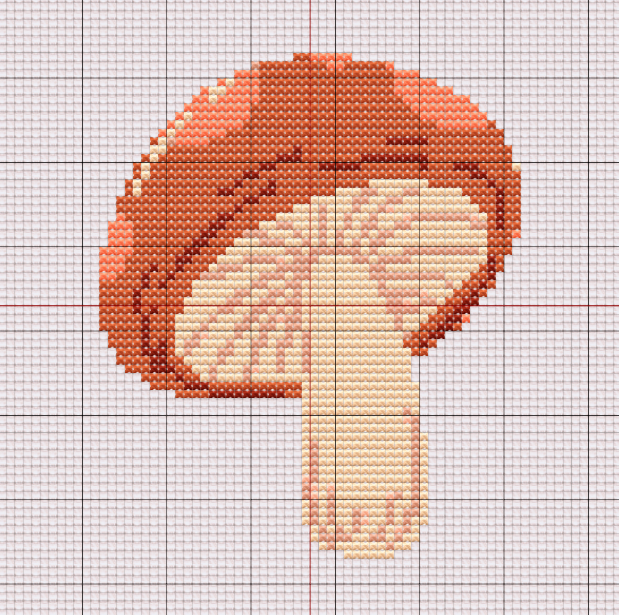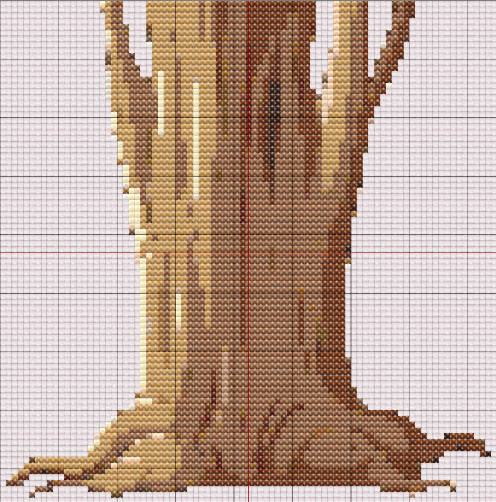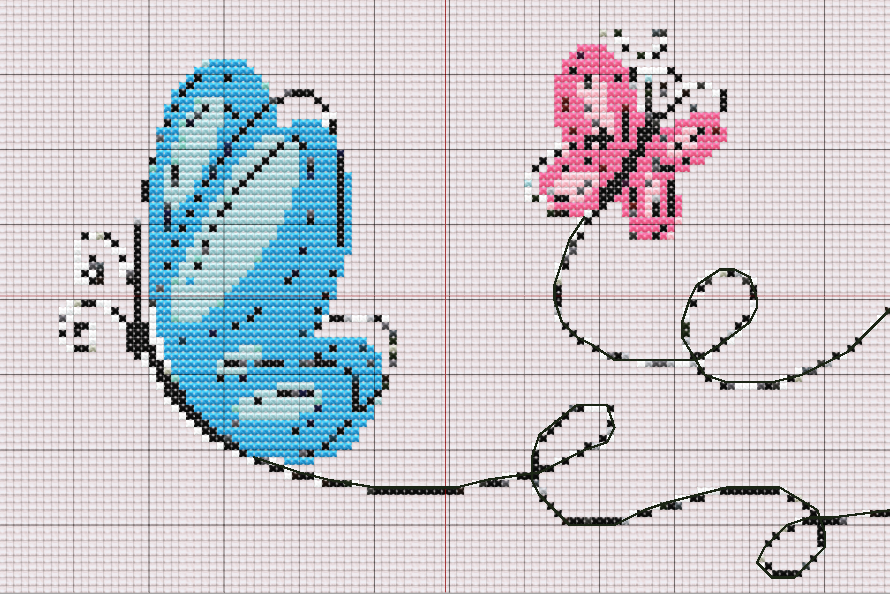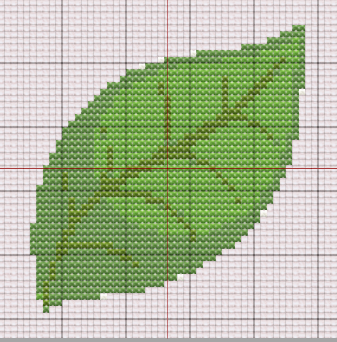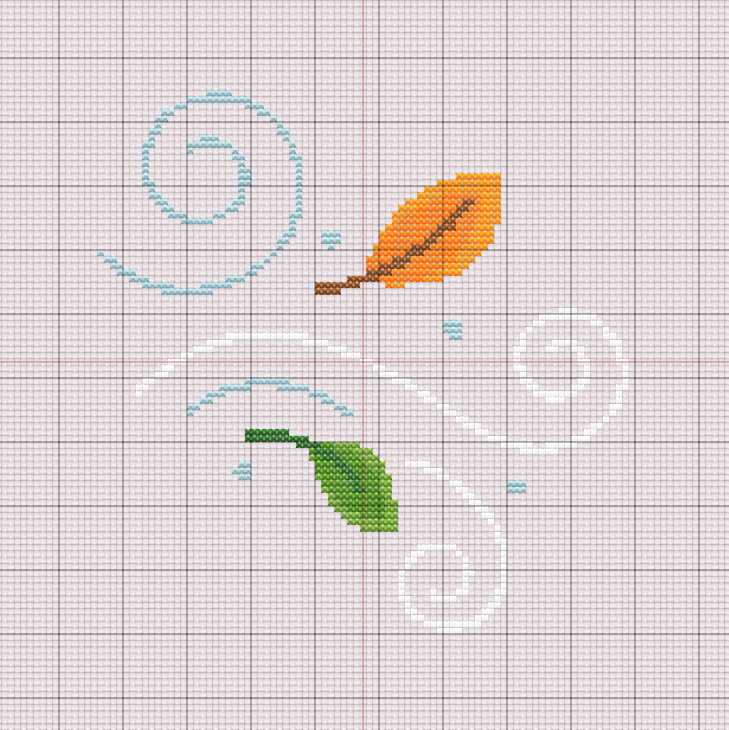Engagement Cuffs
The Tradition of Engagement Cuffs
The people of the City-State of Mnema have a unique custom for proposing marriage, even among the other Independent States of Chattana. This custom is the creation of hand embroidered Engagement Cuffs.
When someone wishes to propose, they must first prepare a set of Engagement Cuffs. These cuffs are meant to be worn at the end of a sleeve, and if the person accepts the proposal, they will sew them to the sleeves of their jacket. If the chosen garment is ever replaced, the cuffs are removed and resewn onto a new jacket.Before they can become legally married, the one proposed to must return the gesture and present their fiance with their own set of cuffs. Sometimes couples will discuss their plans before proposing and exchange their cuffs at the same time, but this is not typical. Most often, couples will secretly work on a pair of cuffs for their partner, and whoever finished first has the bragging rights of being the one who actually proposed.
The embroidery on the cuffs is always unique to the intended recipient. If a proposal is rejected, the cuffs cannot be used to propose to another person. Some choose to destroy rejected cuffs to symbolize the ending of the relationship, while others keep them as a reminder of the time spent working on them, symbolic of the time spent wasted on a failed relationship.
The Mnemic Embroidery Language
An intricate language of symbols is used in personalizing the cuffs. Some common examples of imagery and their symbolism include:
Mushrooms: As the people of Mnema are primarily mushroom farmers, the rapid growth of mushrooms represents a fast-growing affection in the Mnemic embroidery language.
When pictured on Engagement Cuffs, they are often used to represent relationships where the people haven't known each other long, but still feel a strong and powerful love.
Tree Trunks: Tree trunks have the opposite meaning of mushrooms in the Mnemic embroidery language. While mushrooms represent sudden or fast-growing love, tree trunks represent a slow and gradual love or a long-lived relationship.
When pictured on Engagement Cuffs, they are often used to represent relationships where the couple has known each other for a long time, or were friends for a long time before embarking on a romantic relationship.
Butterflies: Due to their ephemerality, butterflies are used to represent children in the Mnemic embroidery language. When pictured on Engagement Cuffs, they can be used to represent a number of meanings depending on the greater context, including a desire to have children with the other person, the acceptance and love of a partner's children from a previous marriage, or acknowledgement of the romantic relationship growing out of a childhood friendship.
Articulated leaves only appear in loose groups in the Mnemic embroidery language, never on branches. The number of leaves changes the meaning of the leaves:
Four leaves represent a long-term commitment. When pictured on Engagement Cuffs, they are often used to represent a desire for a long marriage. When combined with butterflies, they often represent the desire for a relationship long enough to welcome grandchildren.
Five leaves represent military strength. They are only used on Engagement Cuffs if the intended recipient of the cuff is a member of the Guard.
The Mnemic Culture of Embroidery
Sewing and embroidery are considered important skills for all genders to learn, so the creation of embroidered clothing is not considered a gendered job. All children learn basic mending and stitching at a young age, and adding embellishments to their own or a loved one's clothing is considered an act of love.
Hand embroidered items are never worn by someone other than the original recipient, except in the case of death. For example, children might wear embroidered items in remembrance of parents, or a widow might cling to something embroidered for their lost spouse.
This is because each item represents the unique relationship between two individuals: the one who created it, and the one who accepted it. Those who gift embroidered clothes to their loved ones create them in an almost ritual manner, thinking of the intended recipient with every stitch.
Wearing an embroidered item keeps the gifter always in their mind. This custom represents the truest form of love between two people, whether that love is romantic, familial, or platonic.


